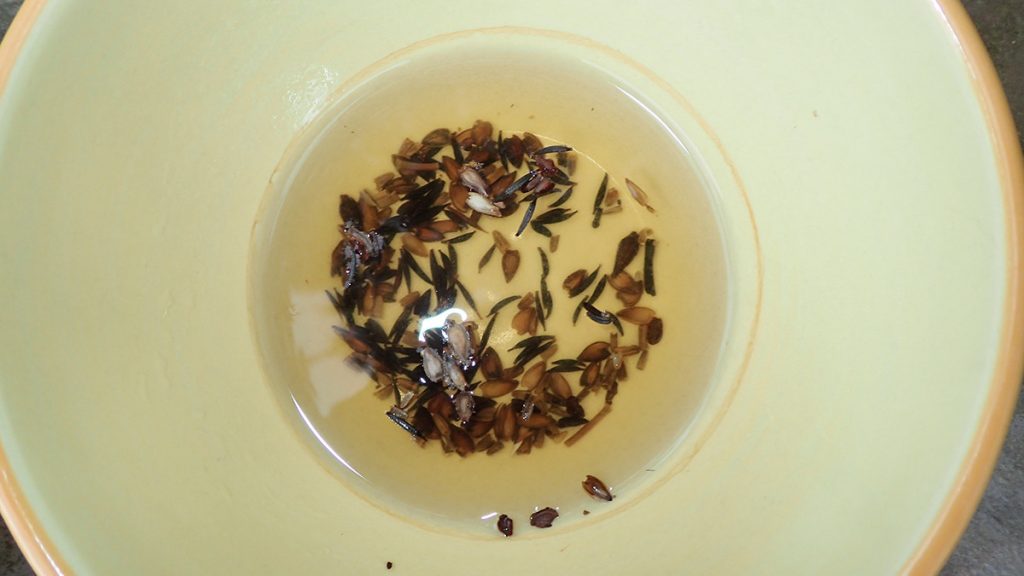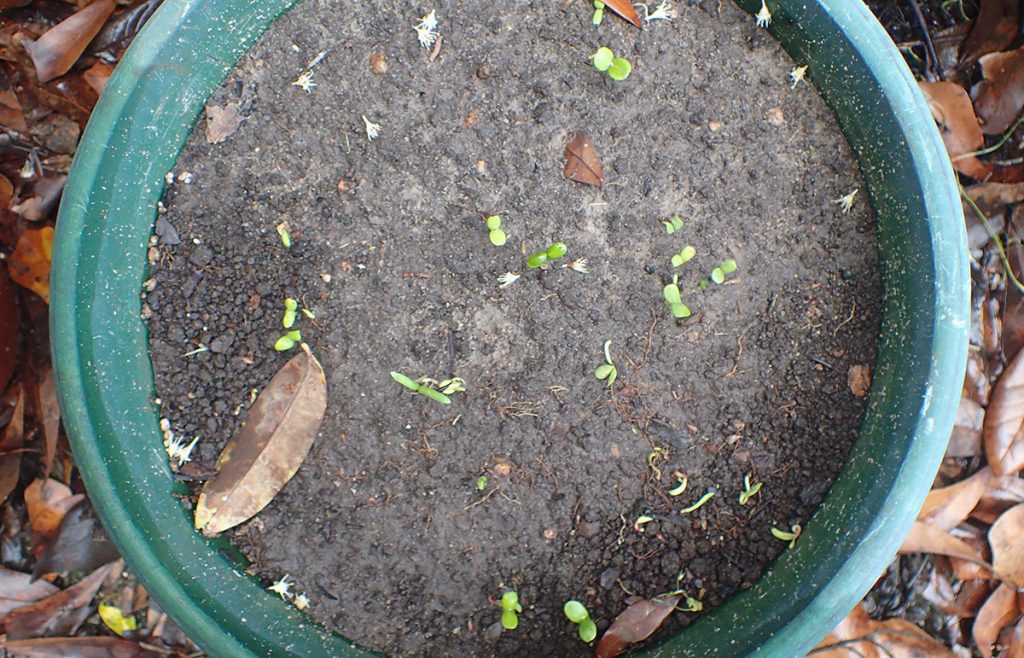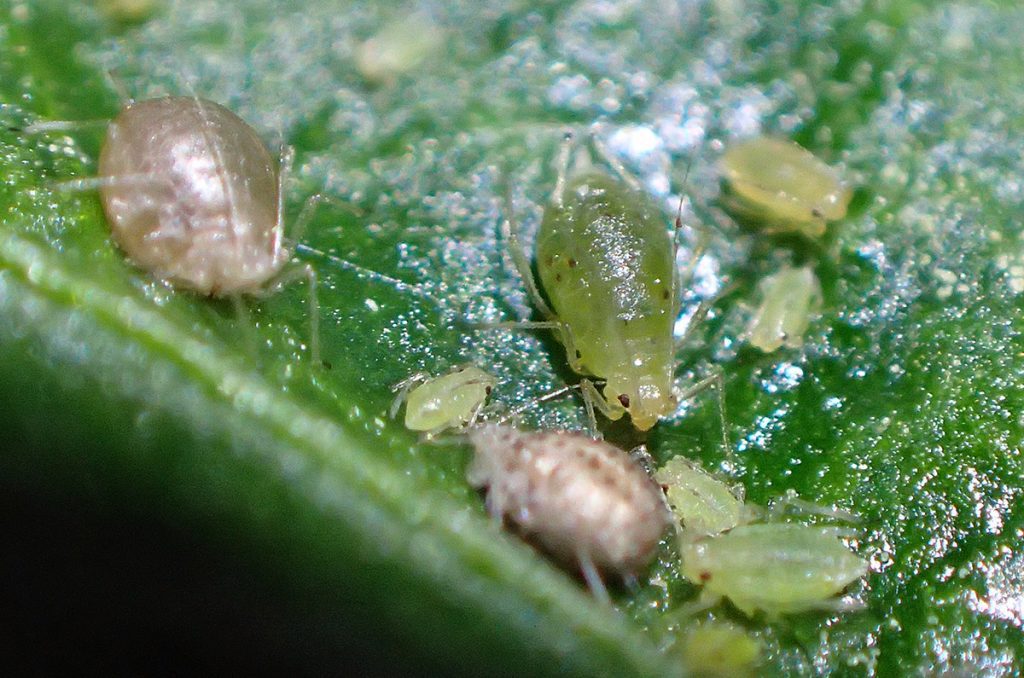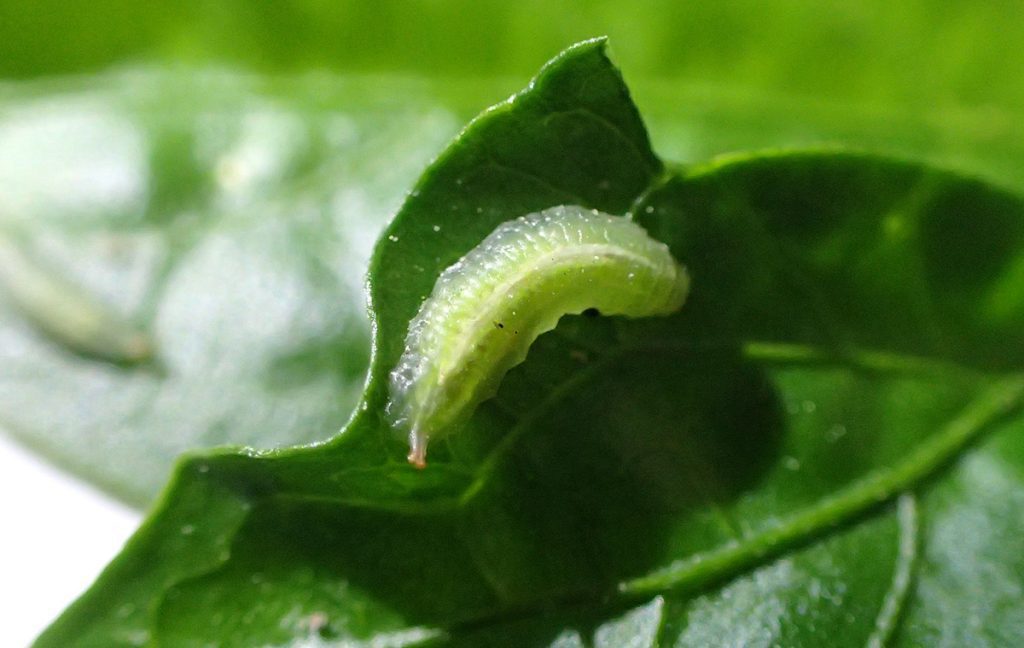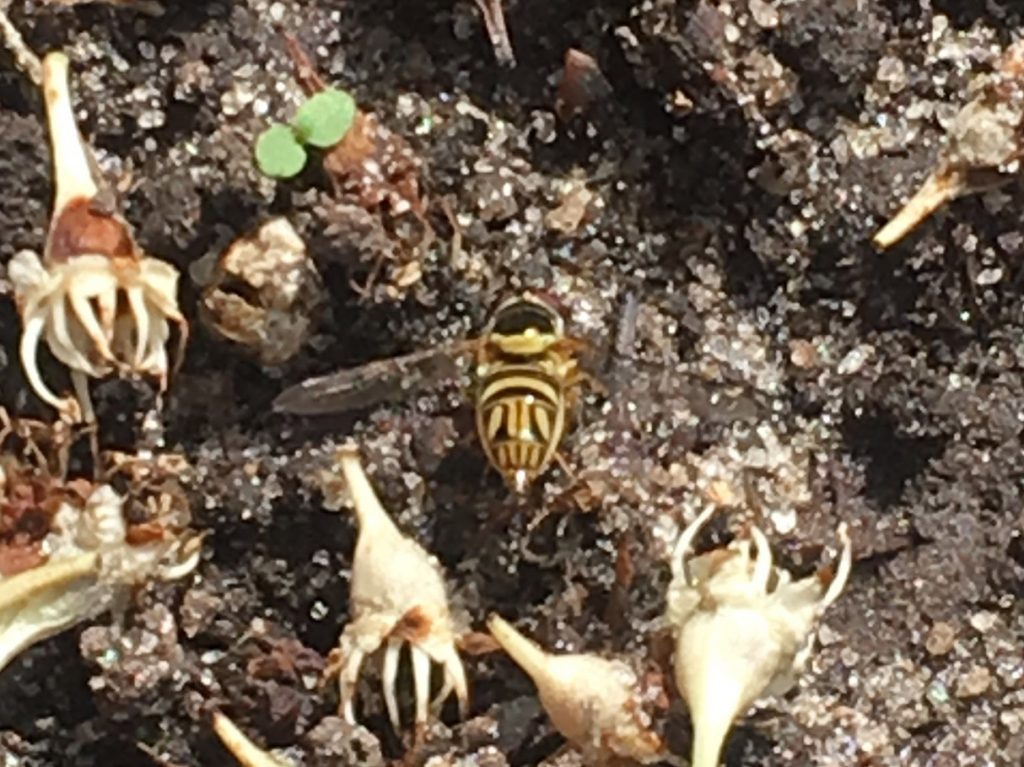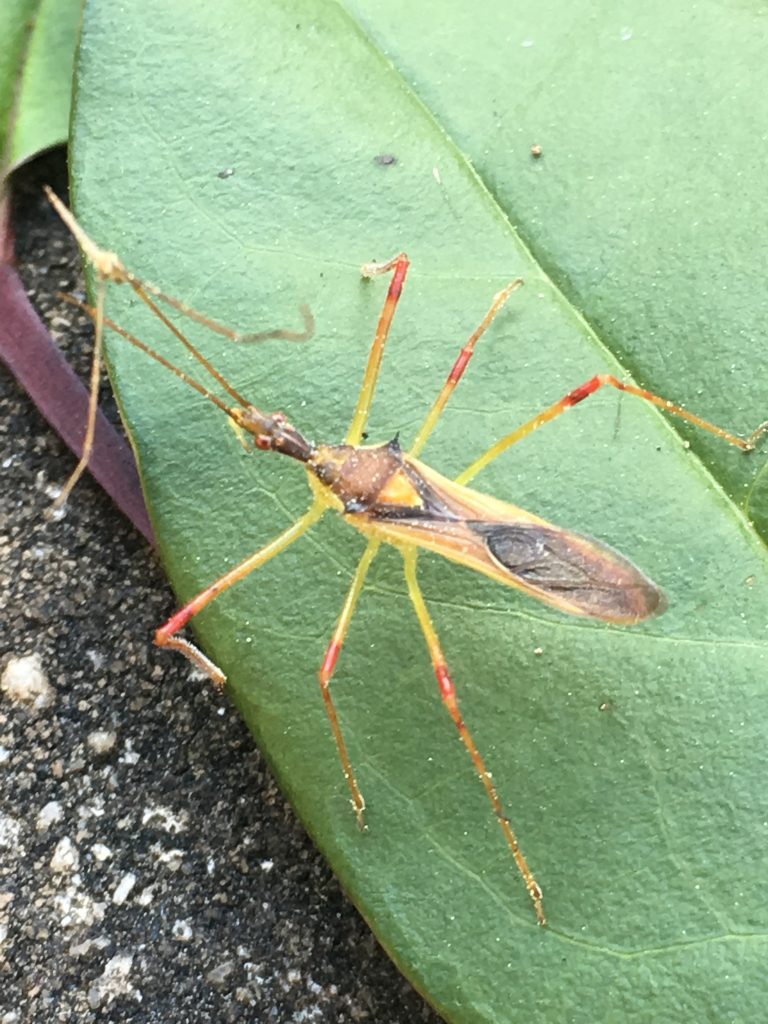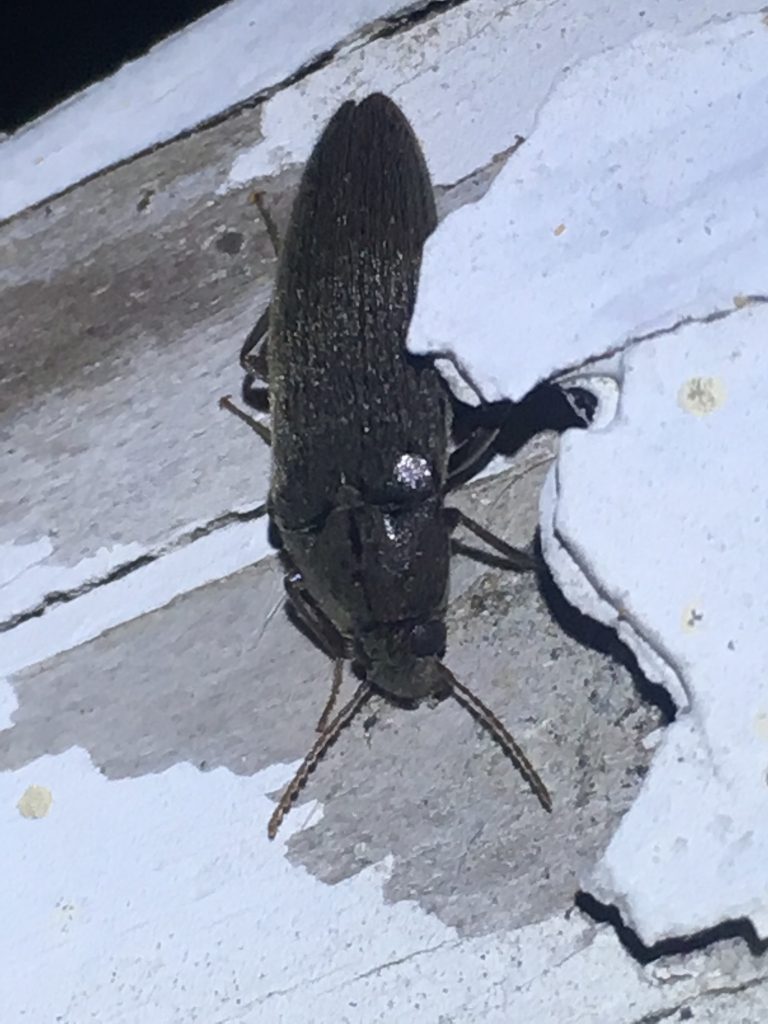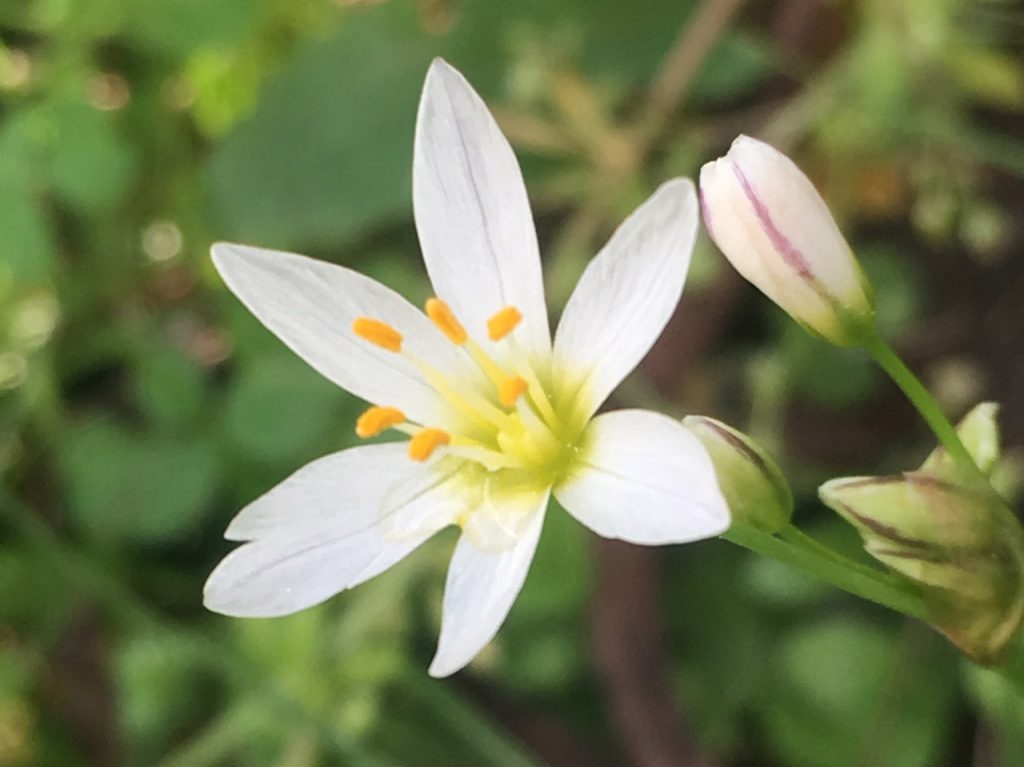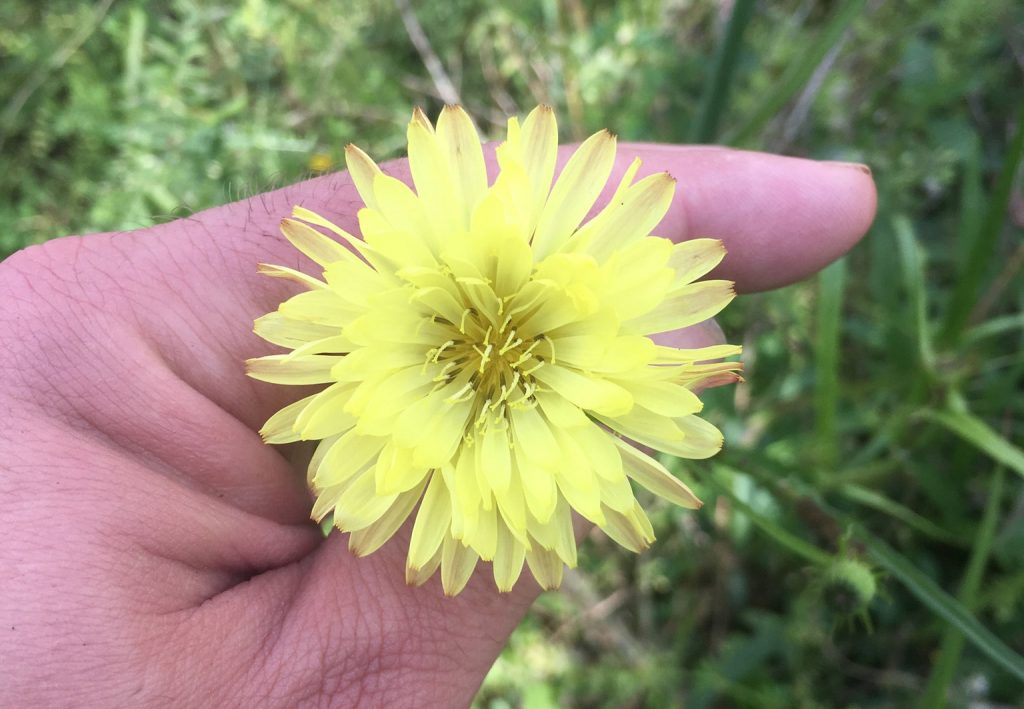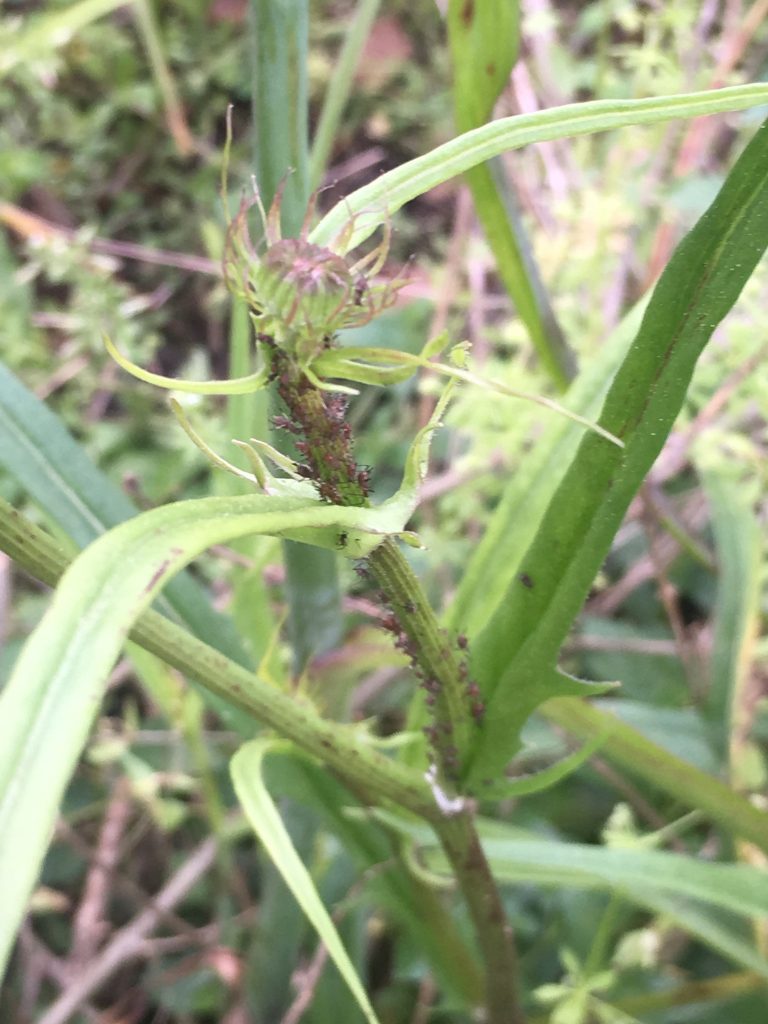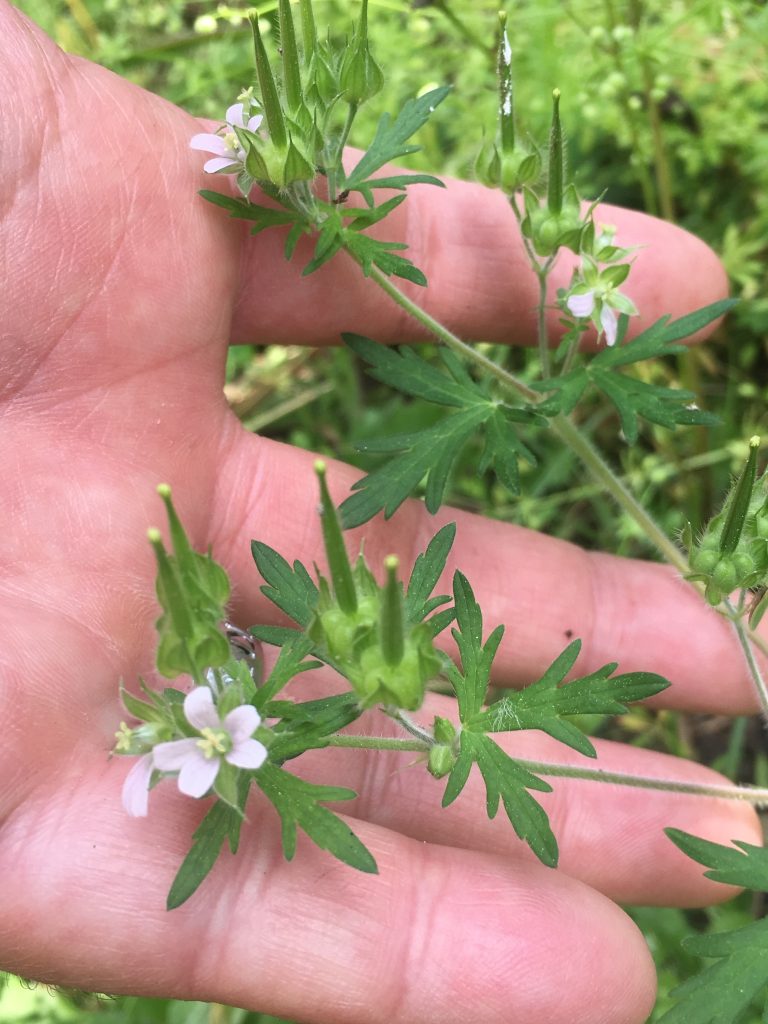Another quiet month, as it was last year. When spring gets here, birds and insects will become much more active. But there are a couple of interesting stories to tell, especially in regards to beneficial insects.
One is the story of the wildflower seeds I planted. I took a couple of EcoCitizen seed packets and followed the directions Scott Davis shared with us on our milkweed segment from February. I soaked the seeds, a mix of butterfly milkweed (Asclepias tuberosa) and purple coneflowers, in warm tap water after leaving them in the fridge for a couple of weeks.
Browse additional Backyard Blog entries.
After letting them cool at room temperature for two days, they looked like this:
The combination of cold, warm, and water is supposed to stimulate germination. These big, puffy seeds look ready to burst. Which, within a week, they did:
If you ever wonder whether the sprouts you’re seeing are from the seeds you planted, or just weeds, you can consult this USDA guide. Anyhow, so far, so good.
Insect ID: Friend or Foe?
One day, I decided to go out at night with my headlamp. I was investigating some chewed up bell pepper plant leaves. I saw many possible culprits:
I was pretty sure these were aphids. In iNaturalist, I ventured a guess at a species, but another user wasn’t so sure. But they were definitely aphids, which is all I need to know.
There was also this insect:
At first I thought it was caterpillar, which would also eat the leaves. I uploaded it to iNaturalist with and suggested “Butterflies and Moths.” Instead, a user recommended hover flies. After looking at some photos, I saw that this was a hover fly larva. These are insects I write about a bit on the blog. Adult hover flies, or syrphids, are bee mimics. And they’re pollinators. Their larvae eat aphids. I had only noted on species of syrphid in my yard, so this was a welcome addition.
Edit January 8, 2021: An iNaturalist user suggested that, more specifically, the larvae above belonged to stripetails, which is the Allograpta genus of hoverflies. That happens to be the likely genus of the hoverfly below.
On March 10, I identified another adult hover fly species:
Last month, I identified another hover fly, the eastern calligrapher. It’s interesting to learn about the diversity of this family of insects, and how many we have in the area.
Another beneficial insect:
What do I mean when I say beneficial insect? I don’t have to explain why pollinators are beneficial. But this is a different type of insect- a predator. In most ecosystems, plants are the foundation species. Plant are eaten by consumers. These are caterpillars, aphids, stink bugs and so on. When these animals beset our food and ornamental plants, we consider them pests. But predators like assassin bugs keep them in check.
Of course, in crafting my backyard ecosystem, I include plants that feed certain insects. Mostly, these are butterfly caterpillars. And I take moth caterpillars on case by case basis. It’s good to have a healthy balance of consumers and predatory insects. This is a good bottom end of a food web that supports native birds. I am wary of predators around larval food plants like fennel and dill (black swallowtails) and milkweed (monarchs).
Other insects in the yard
Identifying weeds with iNaturalist
I’m finding it tough to get confirmation on plant IDs from other iNat users. Still, it’s a good tool to get you pointed in a direction. Researching plants can be like that. Even with a good guide, or a mastery of Google image searching, you’ll find that some plants have a lot of lookalikes.
Here are a few that started blooming in my yard in March:
The most I got out of iNaturalist for this pretty, tiny flower was a genus: Nothoscordum. If you look at my observations, you see I usually include a few photos for flowers. In this case, the second photo had my hand in it to show scale.
This is one of a few lookalike flowers. I went with Carolina desert-chicory because of the leaves, which you see in another photo from that observation:
When I make an iNaturalist observation, I take a closeup of the flower, a photo of the leaves, and another which might show scale. Seeing all of this helps knowledgable users see everything they need to to make an ID. The lookalike for this flower is false dandelion, which has a similar pale yellow hue. The leaves of that flower look much more like a dandelion’s, a basal rosette (leaves growing out in a circle from the base of the plant). They’re also a little spiky looking.
Yes, we have native geraniums and no, they are not related to plants at your nursery with the common name geranium. Another reason you see my hand in flower shots is that it gives something more for my phone’s camera to focus on.
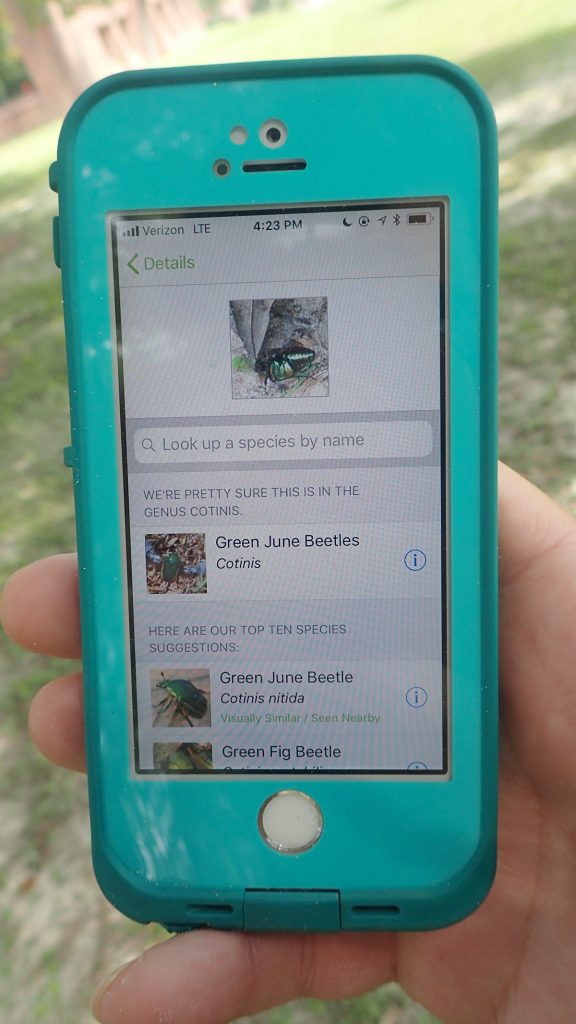
Apps and Citizen Science mentioned in the Backyard Blog
iNaturalist
Identify plants, animals, lichens, and fungi in your yard. Other users correct your identifications if you’re wrong, and even if they don’t, it can be a good springboard to further research.
Seek by iNaturalist
Instant identification, and it doesn’t record your location. This is a good option for kids with phones.
Monarch Larva Monitoring Project
Enter information about monarch caterpillars in your yard, and help researchers get a sense of the health of the monarch population that year, and how and when they’re migrating.
Great Sunflower Project
Record the number of pollinators visiting your flowers, and help researchers map pollinator activity across the country.
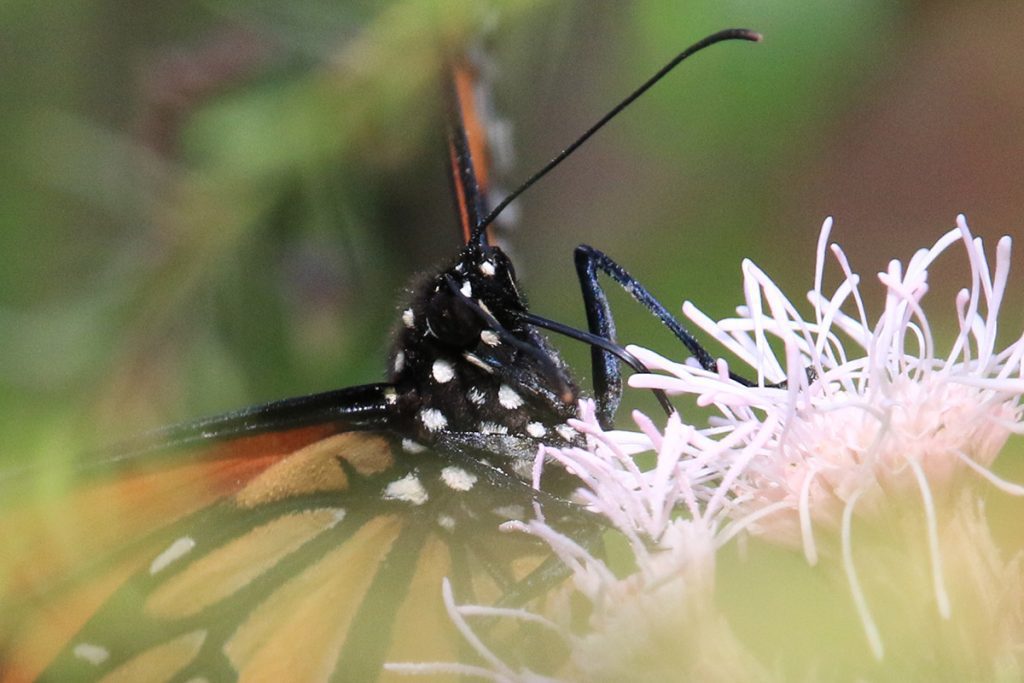
Dig Deeper into Backyard Ecology
What can we do to invite butterflies, birds, and other wildlife into our yards? And what about the flora and fauna that makes its way into our yards; the weeds, insects, and other critters that create the home ecosystem? WFSU Ecology Blog takes a closer look.


